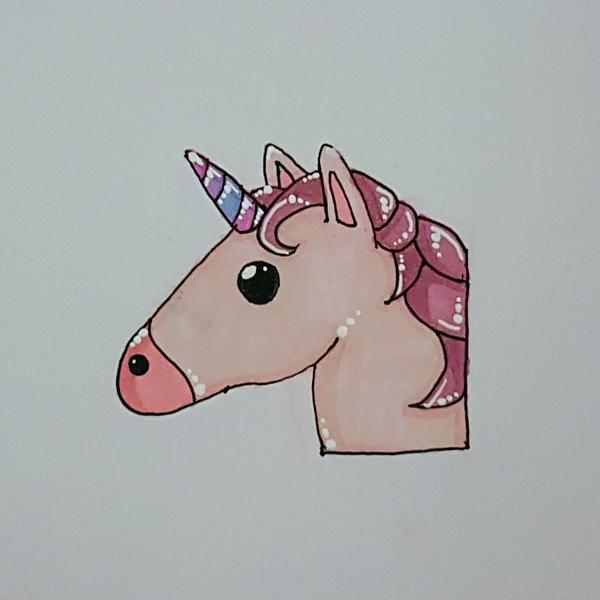Once upon a time, in the era when smartphones were still a rarity and the internet was in its infancy, I had a vision. I imagined a world where ordering a taxi would be as simple as sending an SMS, and drivers wouldn’t have to roam the city in search of customers. No more frantic waving from the curb, hoping to flag down a ride. No more waiting in the rain, wondering if a taxi would ever appear. Just a few taps on your phone, and a car would magically arrive at your doorstep.
Sound familiar? Yes, I’m talking about something very similar to today’s Uber. Except my idea came about 15 years ago!
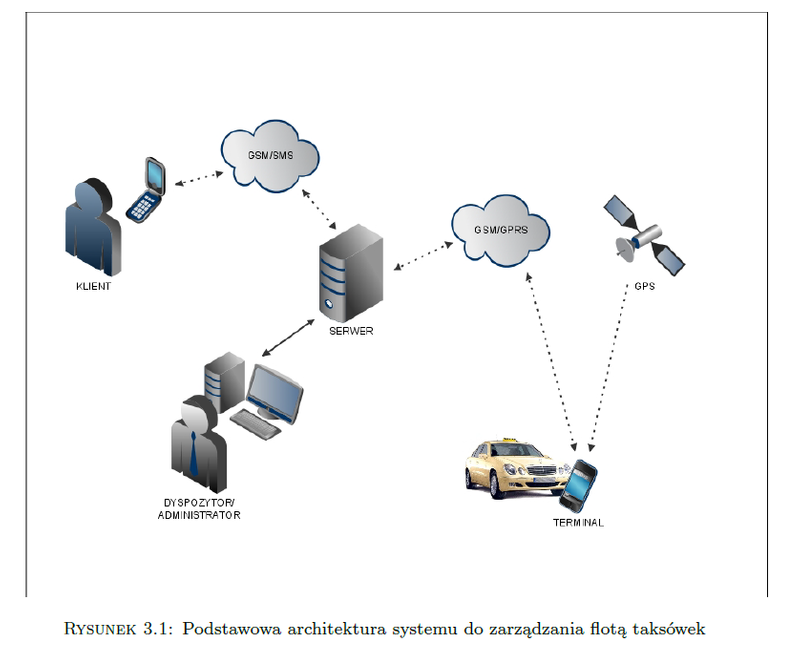
In 2009, as a computer science student, I started working on a taxi fleet management system that utilized GPRS and GPS communication. Drivers would be equipped with terminals with maps and navigation, and customers could order taxis via SMS or through a website. My system also considered factors such as the location of the customer and the driver, the availability of drivers, and the type of vehicle to ensure fast and efficient transportation.
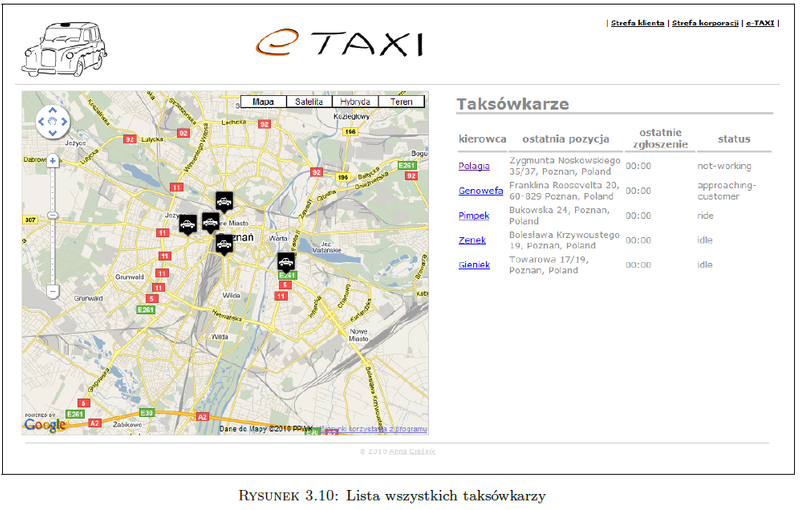
Initially, I planned to use OpenStreetMap, a new and dynamically developing digital map platform. However, at that time, the data for Poland was still incomplete, so I ultimately opted for a more mature solution, the Google Maps API.
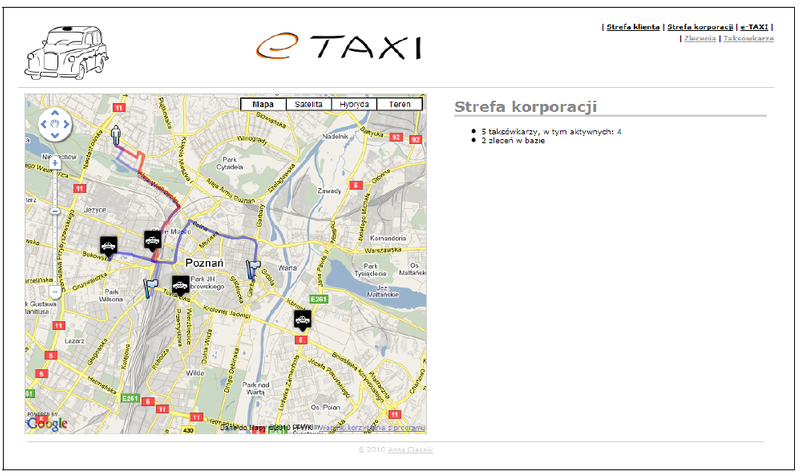
Working on the project was full of challenges. I had to develop a communication protocol, design a database, and create a user interface. However, the hardest thing turned out to be something else entirely: convincing others that my idea made sense.

In those days, IT was seen as a male domain. As a young woman, I faced dismissal and discrimination. “Will you bring the coffee, please?” - that was a standard greeting in many companies. At university, a professor made me do extra assignments because, of course, I couldn’t get a good grade “for my pretty eyes.” I had to work twice as hard as my male colleagues to prove my competence.
But I didn’t give up. I believed in my idea and was determined to make it happen. My master’s thesis was awarded with honors, and around that same time, I was working at a startup company called Yanosik (yanosik.org) on a similar system. We were developing cutting-edge technology that would revolutionize the way people navigate and connect on the roads.
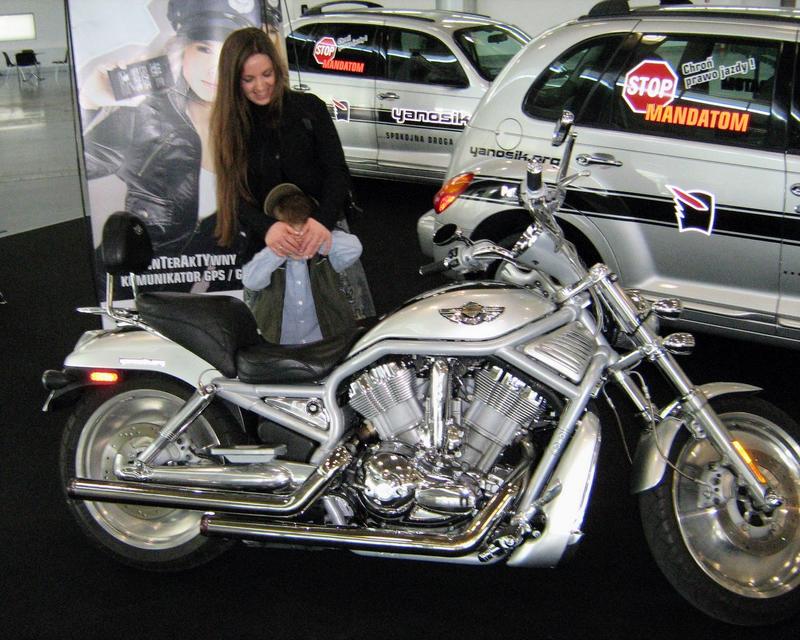
Unfortunately, my master’s thesis project was ultimately not implemented. The market was not yet ready for such solutions. Today, when I look at the success of Uber and other companies offering similar services, I feel satisfaction that I was a pioneer of this technology.
My story isn’t about claiming credit for Uber’s success. It’s a reminder that groundbreaking ideas can emerge simultaneously from different corners of the world. Even with a solid academic background, a brilliant concept, and a working prototype, factors like timing, location, and network play a crucial role in bringing an invention to life. And yes, sometimes gender can be a factor too.
Ultimately, my journey highlights the complexities of innovation. It’s a testament to the importance of perseverance, the power of networks, and the unpredictable nature of success in the tech world.
Have a great day! Get inspired and inspire others!
Feel free to:
- Share this story with others #mentoring4IT
- Subscribe to the “☕ Coffee with Anna” newsletter




